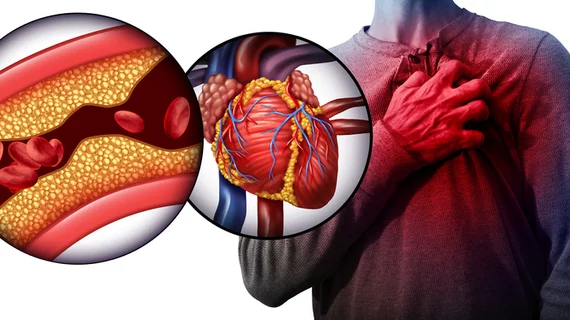A key step forward: Researchers ID the genes responsible for CAD
Researchers think they have identified genes responsible for the development of coronary artery disease (CAD), sharing their findings in Circulation Research, a publication of the American Heart Association.[1]
The group examined smooth muscle cells from the ascending aortas of 151 heart transplant donors, calculating which genes appeared to be associated with an increased CAD risk. The hope is that specialists will be able to use these findings to develop new, improved ways to treat at-risk patients.
CAD, the team emphasized, is a condition that impacts more than 20 million Americans. Any advancements in the treatment of CAD patients represents a significant victory for the practice of cardiovascular medicine.
“Current drugs that doctors prescribe work to reduce risk factors for heart disease, such as cholesterol-lowering drugs,” senior author Mete Civelek, PhD, an associate professor of biomedical engineering with the University of Virginia, said in a prepared statement. “However, we need to identify drugs that target the disease where it develops. That is why it is important to find the genes responsible for the disease development in the arteries because that is where the plaques form.”
One of the biggest takeaways from the team’s research is that genes in the smooth muscle cells of male and female patients act quite different from one another. These cells also appear to act differently when they are multiplying than when they are not. Both findings suggest that this analysis could go a long way toward improving what cardiologists understand about the development and spread of CAD, and the sex differences in the development of heart disease.
“We expect that our findings will provide a rich catalog of genes for the cardiovascular community to study in years to come,” Civelek said in the same statement. “And, of course, we hope some of these genes will be targets of a new class of drugs that target the plaque development in the arteries to the benefit of millions of patients.”
The full analysis is available here.

